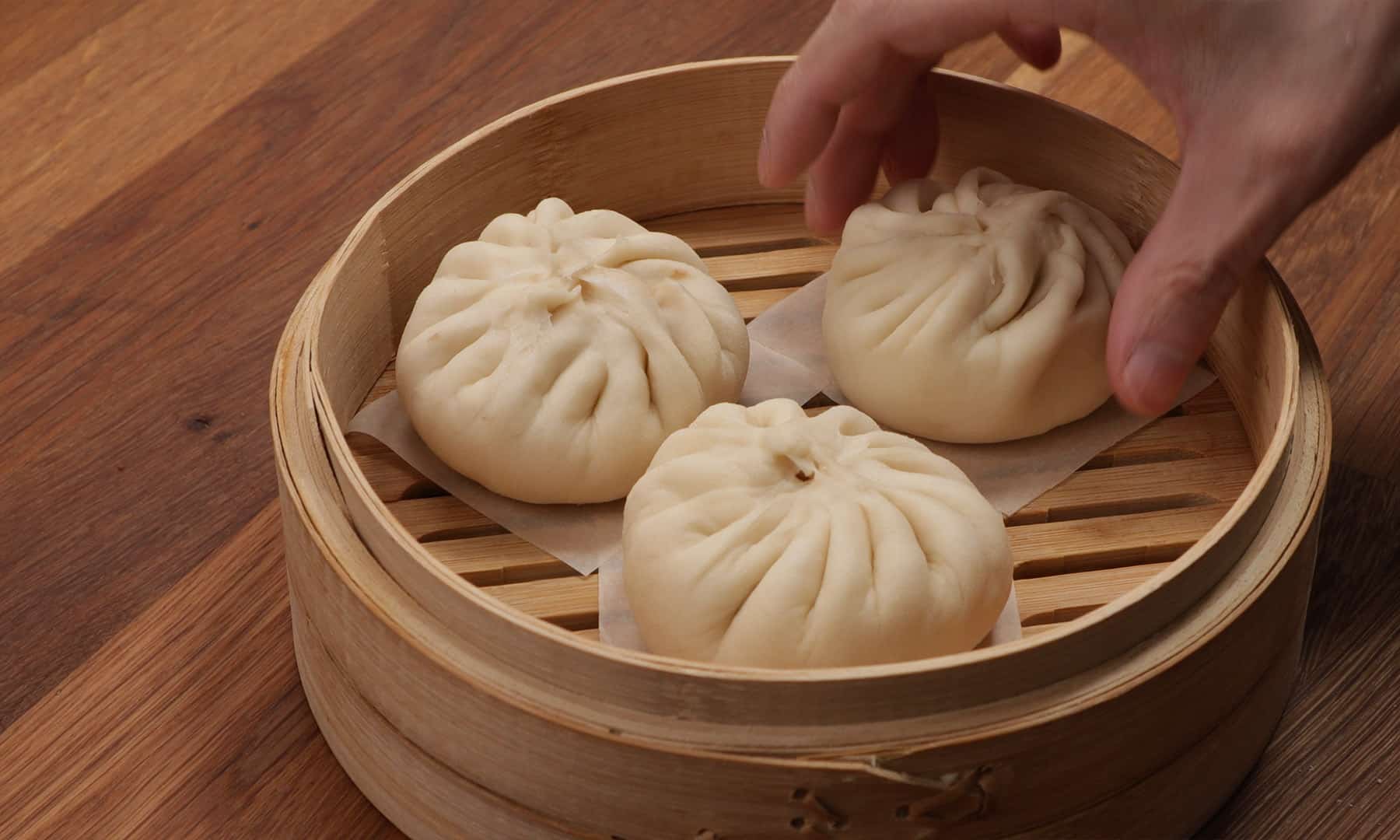

Articles
How To Steam Buns With Bamboo Steamer
Modified: May 6, 2024
Learn how to perfectly steam your favorite buns using a bamboo steamer. Our comprehensive articles guide you through the steps for delicious results.
(Many of the links in this article redirect to a specific reviewed product. Your purchase of these products through affiliate links helps to generate commission for Storables.com, at no extra cost. Learn more)
Introduction
Steaming buns with a bamboo steamer is a traditional cooking method that has been practiced for centuries in Asian cuisine. This technique allows for gentle and even heat distribution, resulting in soft and fluffy buns with a moist and tender texture. Whether you’re a seasoned cook or a beginner in the kitchen, learning how to steam buns with a bamboo steamer is a skill worth acquiring.
In this article, we will guide you through the process of steaming buns with a bamboo steamer, from choosing the right equipment to serving and enjoying the delicious steamed buns. So, let’s dive in and discover the art of creating perfect steamed buns right in your own kitchen!
Key Takeaways:
- Master the art of steaming buns with a bamboo steamer to create soft, fluffy, and flavorful buns that impress family and friends. Embrace tradition and enjoy the benefits of gentle, healthier cooking.
- Experience the satisfaction of creating homemade, delicious, and wholesome steamed buns with a bamboo steamer. Connect with centuries-old culinary traditions and bring authentic Asian flavors to your table.
What is a Bamboo Steamer?
A bamboo steamer is a traditional Asian cooking tool traditionally made from tightly woven bamboo strips. It consists of multiple layers stacked on top of each other, allowing for efficient steaming of food. The design of a bamboo steamer promotes the circulation of steam, which helps to cook the food evenly and retain its flavors and nutrients.
Benefits of Using a Bamboo Steamer
There are several advantages to using a bamboo steamer:
- Gentle and Even Cooking: The porous nature of the bamboo allows steam to penetrate the food’s surface evenly, resulting in a gentle and uniform cooking process. This helps to preserve the food’s natural flavors and textures.
- Healthier Cooking Method: Steaming is a healthier alternative to frying or baking, as it requires little to no oil. This cooking method helps to retain the nutritional value of the food, making it a popular choice for health-conscious individuals.
- Versatile: Bamboo steamers can be used to cook a wide variety of foods, including buns, dumplings, vegetables, fish, and more. They are suitable for both savory and sweet dishes, making them a versatile tool in the kitchen.
- Eco-Friendly and Sustainable: Bamboo is a renewable resource and environmentally friendly. Using a bamboo steamer is a sustainable choice compared to other cooking methods that may rely on non-renewable materials.
- Easy to Use and Clean: Bamboo steamers are simple to use and require minimal maintenance. They are dishwasher safe and can be easily cleaned with warm water and mild soap.
Overall, using a bamboo steamer not only adds an authentic touch to your cooking but also offers numerous benefits in terms of taste, health, and sustainability.
Basic Equipment Needed
Before you start steaming buns with a bamboo steamer, make sure you have the following basic equipment:
- Bamboo steamer: The key component of steaming buns is a bamboo steamer. These can be found in various sizes, typically ranging from 6 to 12 inches in diameter. Choose a size that suits your cooking needs.
- Pot or wok: You will need a pot or wok that is large enough to accommodate the bamboo steamer. The size of the pot or wok should be slightly larger than the diameter of the steamer to allow space for steam circulation.
- Steaming rack or plate: To elevate the bamboo steamer above the water level, you will need a steaming rack or plate. This helps to create a separation between the water and the steamer, allowing the steam to circulate efficiently.
These basic equipment items can be easily found in most kitchenware stores or online retailers. It’s worth investing in a good quality bamboo steamer, as it will last for many years with proper care.
Once you have gathered the necessary equipment, you’re ready to move on to the next steps of steaming buns with a bamboo steamer – preparing the buns and the bamboo steamer itself.
Preparing the Buns
Before you can steam buns with a bamboo steamer, you need to prepare the buns themselves. Here are a few important steps to consider:
- Choosing the right type of buns: There are various types of buns that can be steamed, such as pork buns, vegetable buns, or sweet buns. Select the type of bun that suits your preference or recipe.
- Defrosting frozen buns (if applicable): If you’re using frozen buns, make sure to defrost them before steaming. Follow the instructions on the packaging for the recommended defrosting method.
- Making homemade bun dough (if applicable): If you prefer to make your own bun dough from scratch, there are numerous recipes available online. Choose a recipe that suits your taste and follow the instructions to prepare the dough. Keep in mind that homemade dough may require additional resting or rising time before steaming.
By choosing the right type of buns or preparing the dough accordingly, you can ensure that your steamed buns turn out delicious and satisfying.
Once you have chosen or prepared your buns, the next step is to properly prepare the bamboo steamer to ensure a seamless steaming process. Let’s move on to the next section and get your bamboo steamer ready!
Place a damp cloth or parchment paper in the bamboo steamer to prevent the buns from sticking to the surface while steaming.
Read more: How To Steam In A Bamboo Steamer
Preparing the Bamboo Steamer
Before you start steaming buns with a bamboo steamer, it’s important to properly prepare the steamer to ensure cleanliness and prevent sticking. Here’s how to do it:
- Washing the bamboo steamer: Before first use and after each subsequent use, wash the bamboo steamer with warm water and mild soap. Gently scrub the surface using a soft brush or cloth to remove any residual food particles. Rinse thoroughly and allow it to air dry.
- Lining the steamer with parchment paper or cabbage leaves (optional): Although it’s not necessary, lining the bamboo steamer with parchment paper or cabbage leaves can prevent the food from sticking to the bamboo surface. If you choose to line the steamer, cut parchment paper or cabbage leaves to fit the bottom of each basket layer. This step is particularly useful when steaming delicate or sticky buns.
By properly cleaning and optionally lining the bamboo steamer, you’ll ensure that your buns won’t stick to the steamer, resulting in beautiful and intact buns once steamed.
Now that you’ve prepared the buns and the bamboo steamer, it’s time to move on to the next crucial step – the steaming process itself. Let’s explore how to steam the buns to perfection!
Steaming Process
Now that you have prepared the buns and the bamboo steamer, it’s time to start the steaming process. Follow these steps to steam your buns to perfection:
- Filling the pot or wok with water: Fill a pot or wok with enough water to create steam but make sure the water level does not touch the bamboo steamer. Place the pot or wok on the stove and bring the water to a boil.
- Placing the steaming rack or plate in the pot or wok: Once the water is boiling, insert a steaming rack or plate into the pot or wok. This will elevate the bamboo steamer above the water level, allowing the steam to circulate properly.
- Arranging the buns in the bamboo steamer: Place the prepared buns in a single layer inside the bamboo steamer, leaving some space between each bun to allow for even steaming. Avoid overcrowding the steamer, as this can result in uneven cooking.
- Placing the bamboo steamer on the steaming rack or plate: Carefully place the bamboo steamer on top of the steaming rack or plate inside the pot or wok. Ensure that the steamer is positioned securely and that there is enough space between the water and the bottom of the steamer.
- Steaming the buns: Cover the bamboo steamer with its lid to trap the steam. Allow the buns to steam for the specified cooking time, which will vary depending on the type and size of the buns. Consult your recipe or package instructions for the recommended steaming time.
- Checking for doneness: To check if the buns are done, gently insert a toothpick or skewer into the center of a bun. If it comes out clean or with only a few crumbs, the buns are ready. If the toothpick comes out with raw dough or sticky residue, continue steaming for a few more minutes.
Remember to keep an eye on the steaming water level during the process and add more water if needed. Avoid opening the lid frequently, as this can cause heat and steam to escape, resulting in longer cooking times.
Once the buns are steamed to perfection, it’s time to remove them from the bamboo steamer and serve them for a delightful dining experience. Let’s move on to the next section and learn how to serve and enjoy the steamed buns!
Serving and Enjoying Steamed Buns
Now that your steamed buns are perfectly cooked, it’s time to serve and enjoy them! Follow these steps to present your steamed buns in an appetizing way:
- Removing the bamboo steamer from the pot or wok: Using oven mitts or kitchen towels to protect your hands, carefully lift the bamboo steamer out of the pot or wok. Set it on a heat-resistant surface to prevent any damage to your countertops.
- Transferring the buns to a serving plate: With a pair of tongs or a spatula, gently transfer the steamed buns from the bamboo steamer to a serving plate. Be careful not to squish or distort the buns during the process.
- Serving the buns with dipping sauce (optional): Steamed buns can be enjoyed on their own, but if you prefer some extra flavor, serve them with a dipping sauce of your choice. Popular options include soy sauce, vinegar, chili sauce, or a combination of these. You can also get creative and experiment with your own homemade dipping sauces to complement the flavors of the buns.
Once the buns are transferred to the serving plate and the dipping sauce is ready, it’s time to dig in! Steamed buns are best enjoyed while they are still warm and fresh. Take a bite and savor the soft and fluffy texture, along with the delicious filling or toppings.
Now that you know how to serve and enjoy your steamed buns, let’s move on to the next section and discuss how to clean and store your bamboo steamer for future use.
Cleaning and Storing the Bamboo Steamer
Properly cleaning and storing your bamboo steamer is essential to maintain its longevity and hygiene. Here are the steps to follow:
- Cleaning the bamboo steamer: After using the steamer, allow it to cool down completely. Then, gently wash the steamer with warm water and mild soap. Use a soft brush or cloth to remove any sticky residue or food particles. Rinse it thoroughly and let it air dry completely before storing.
- Storing the bamboo steamer properly: Once the bamboo steamer is clean and dry, stack the individual layers in a neat and compact manner. Make sure that all the layers are aligned properly, with the lids on top. This helps to save space and maintain the shape of the steamer. Store it in a cool and dry place away from direct sunlight to prevent it from warping or cracking.
It’s important to note that bamboo is a natural material and can be sensitive to extreme temperature or moisture changes. Avoid storing the bamboo steamer in humid or damp areas to prevent mold or mildew growth. Additionally, make sure the steamer is completely dry before storing to avoid any potential odor or bacteria build-up.
By following these cleaning and storage practices, you can ensure that your bamboo steamer remains in good condition and ready for future steaming adventures!
Now that you have learned how to clean and store your bamboo steamer, you are ready to embark on your journey of steaming delicious buns in a traditional and authentic way. Happy steaming!
Read more: How To Make Steam Buns Without A Steamer
Conclusion
Congratulations! You have now gained a comprehensive understanding of how to steam buns with a bamboo steamer and have learned valuable tips and techniques along the way. Steaming buns with a bamboo steamer is a time-honored tradition in Asian cuisine, and it is a skill that you can easily master in your own kitchen.
By following the steps outlined in this article, you can create soft, fluffy, and flavorful buns that are sure to impress your family and friends. The gentle and even heat distribution provided by the bamboo steamer ensures that your buns are perfectly cooked, with their natural flavors and textures preserved.
Remember to select the right type of buns or prepare the dough properly, and ensure that your bamboo steamer is clean and ready for use. The steaming process itself involves filling the pot or wok with water, arranging the buns in the steamer, and steaming them until they are cooked through. Don’t forget to check for doneness before removing them from the steamer.
Once the buns are steamed to perfection, you can remove them from the bamboo steamer and serve them on a plate. You can enjoy them as they are or pair them with a dipping sauce of your choice, such as soy sauce or chili sauce, to enhance their flavors. And after you have savored every bite, make sure to clean and store your bamboo steamer properly for future use.
Steaming buns with a bamboo steamer offers numerous benefits, including gentle and even cooking, healthier food preparation, versatility, and eco-friendliness. Moreover, it allows you to connect with centuries-old culinary traditions and bring the authentic flavors of Asia to your table.
So, why not give it a try? Embrace the art of steaming buns with a bamboo steamer and enjoy the satisfaction of creating homemade, delicious, and wholesome steamed buns that will delight your taste buds and bring joy to your mealtime gatherings.
Happy steaming!
Ready to broaden your culinary skills further? If you're curious about making steam buns but lack a bamboo steamer, don't worry! Our next guide walks you through alternative methods ensuring you still enjoy fluffy, tasty buns right from your kitchen. These handy techniques are perfect for any home chef looking to impress with minimal equipment. Dive into this must-read for a delightful twist on your steaming adventures.
Frequently Asked Questions about How To Steam Buns With Bamboo Steamer
Was this page helpful?
At Storables.com, we guarantee accurate and reliable information. Our content, validated by Expert Board Contributors, is crafted following stringent Editorial Policies. We're committed to providing you with well-researched, expert-backed insights for all your informational needs.
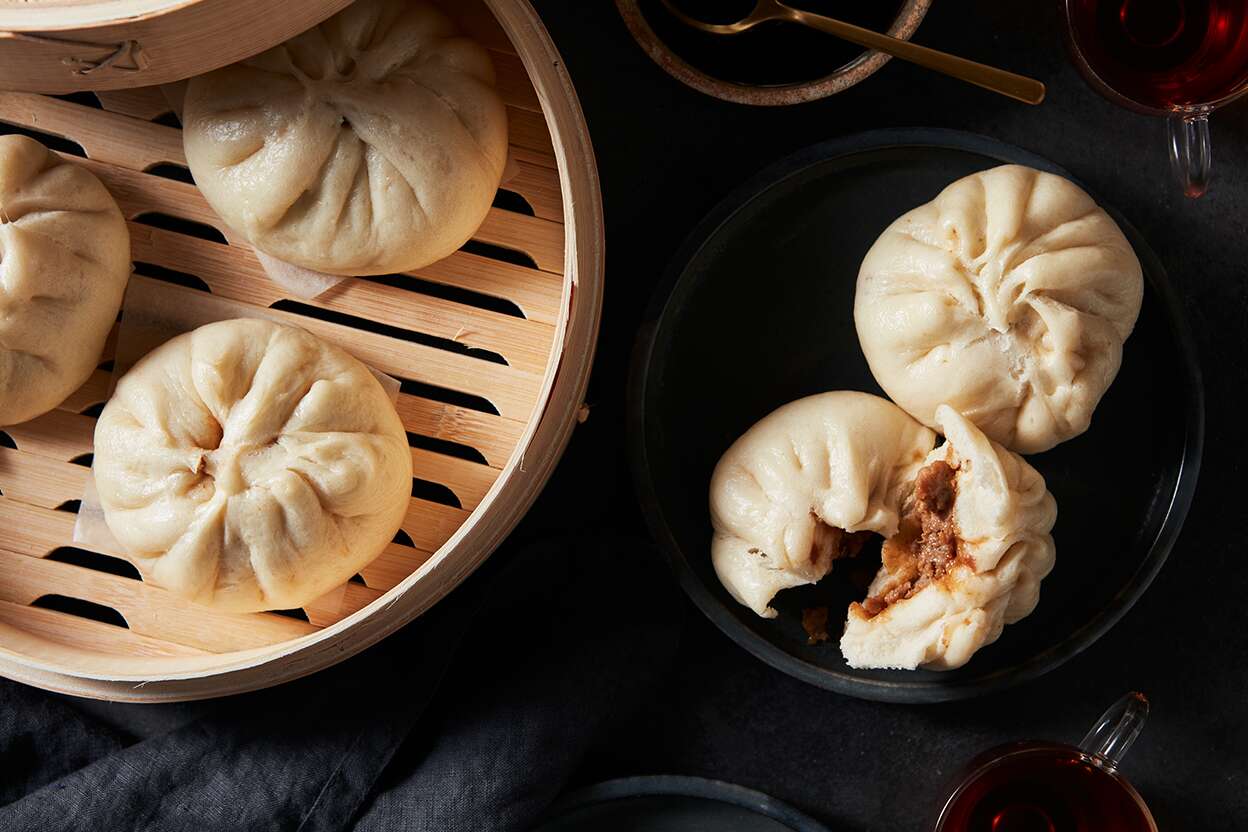
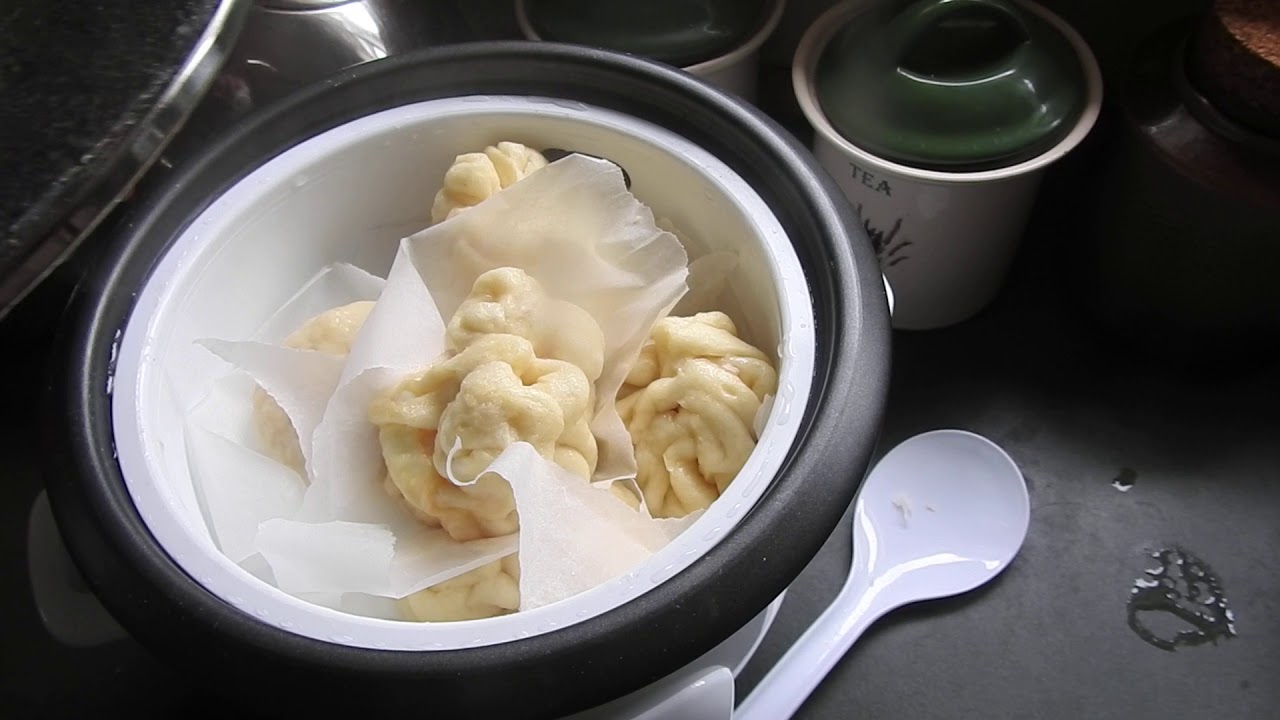
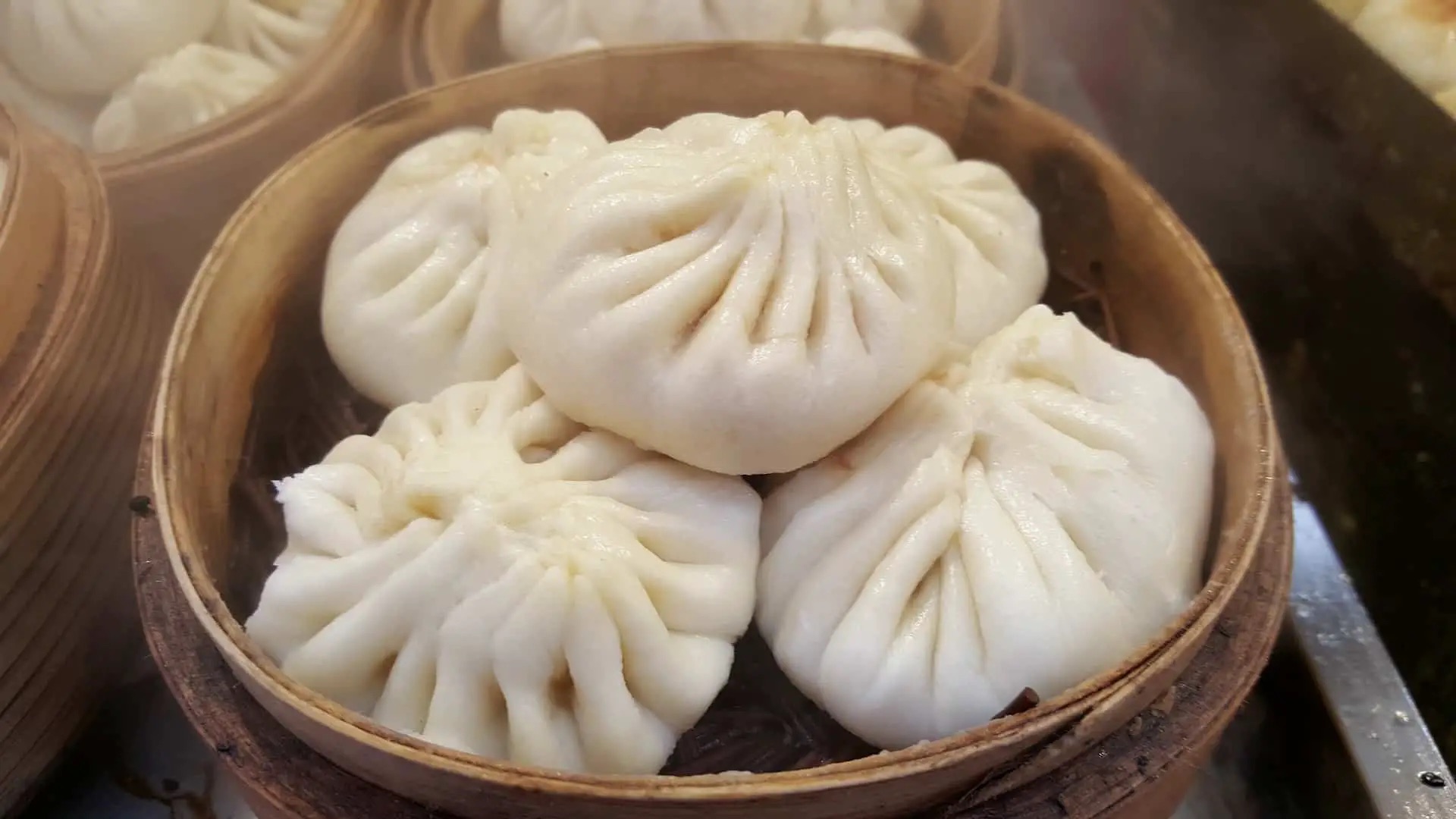
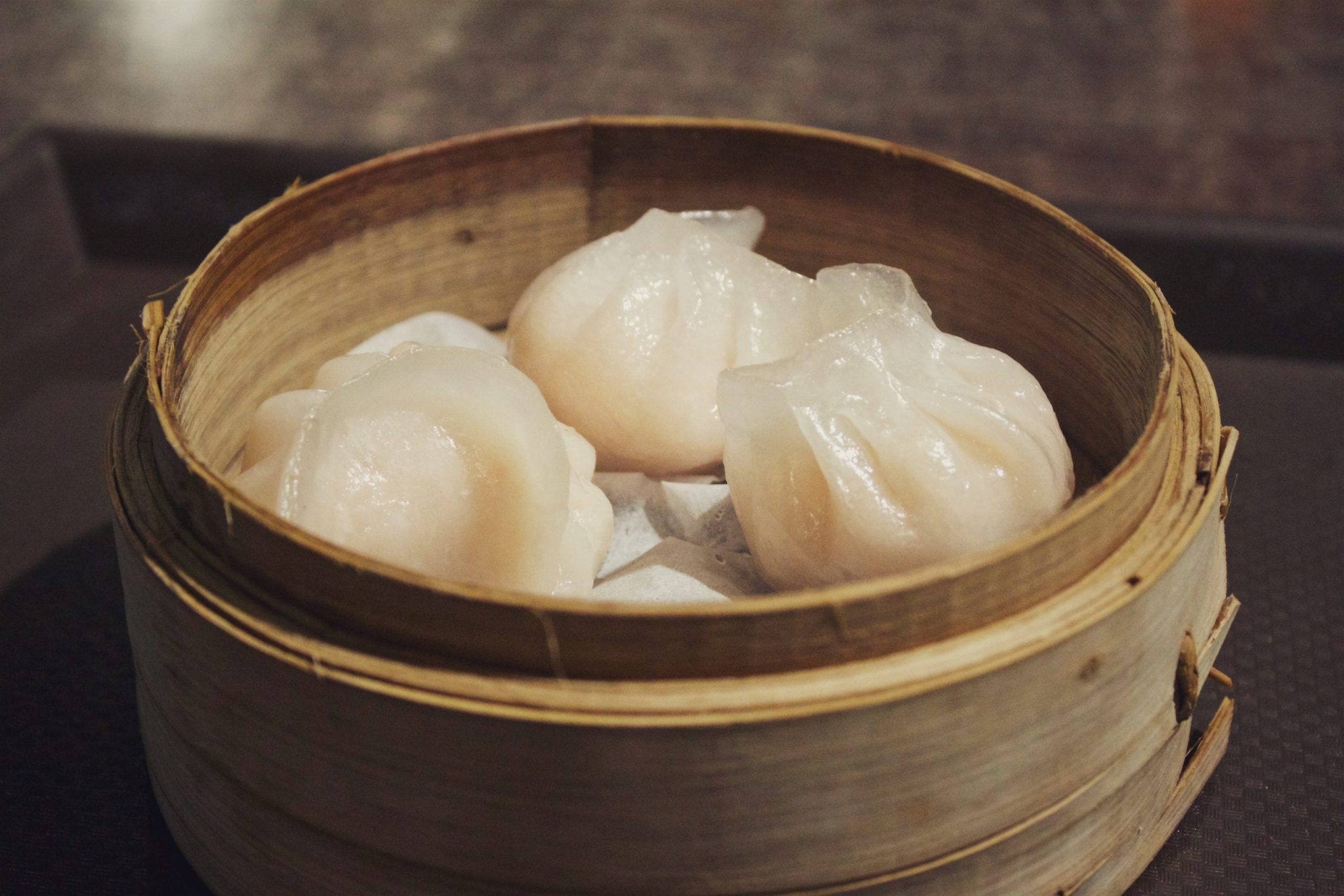
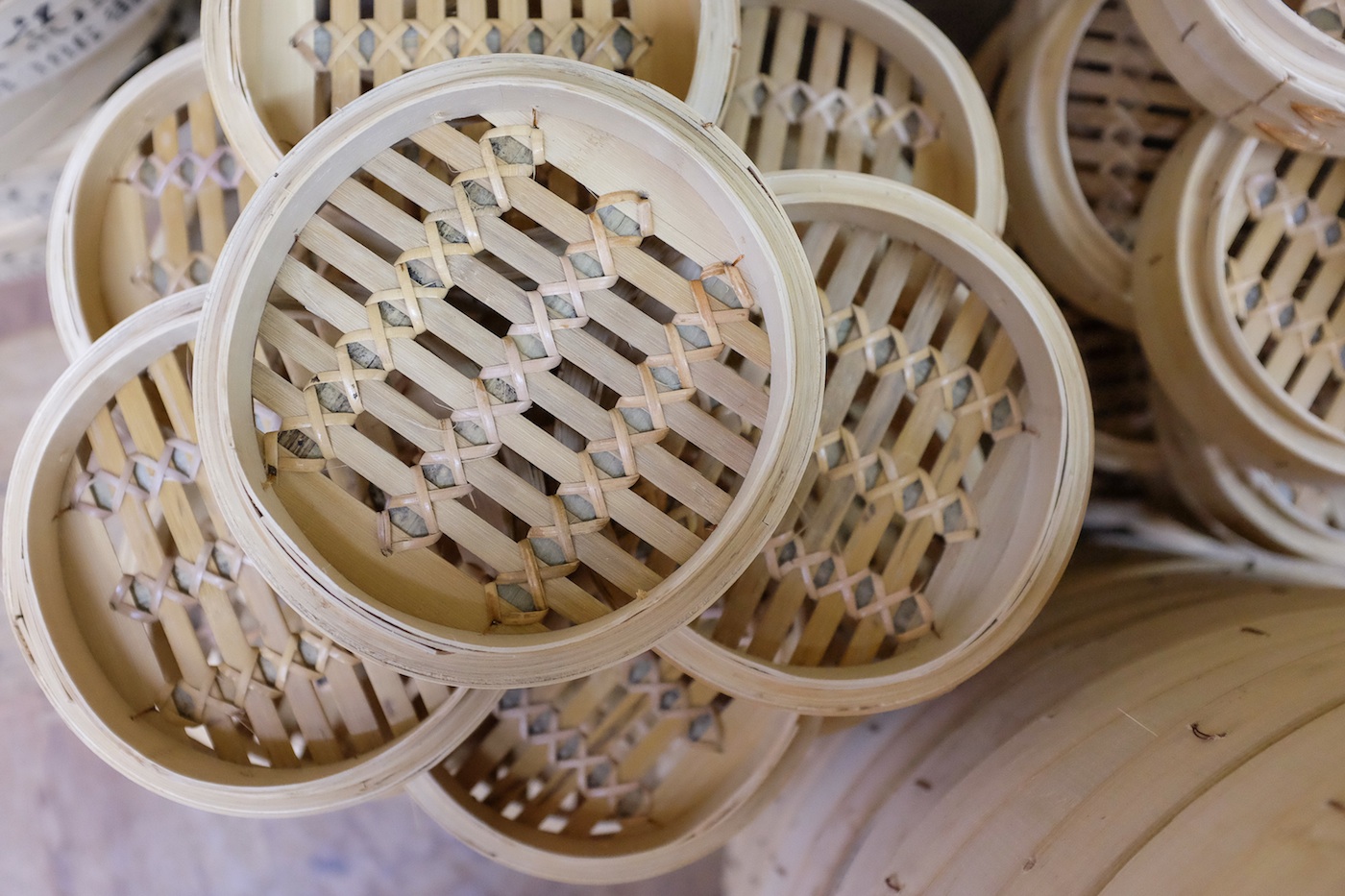
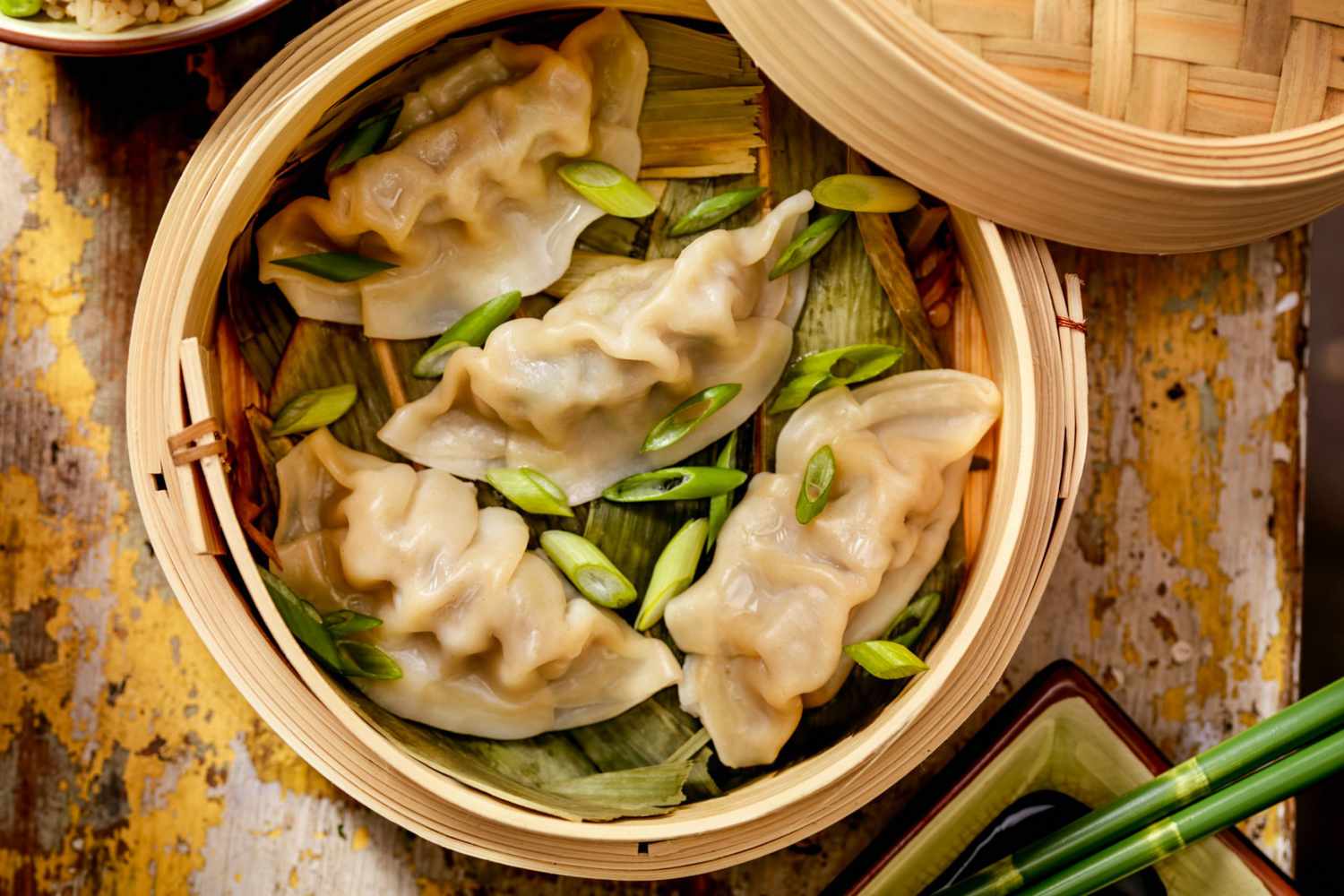
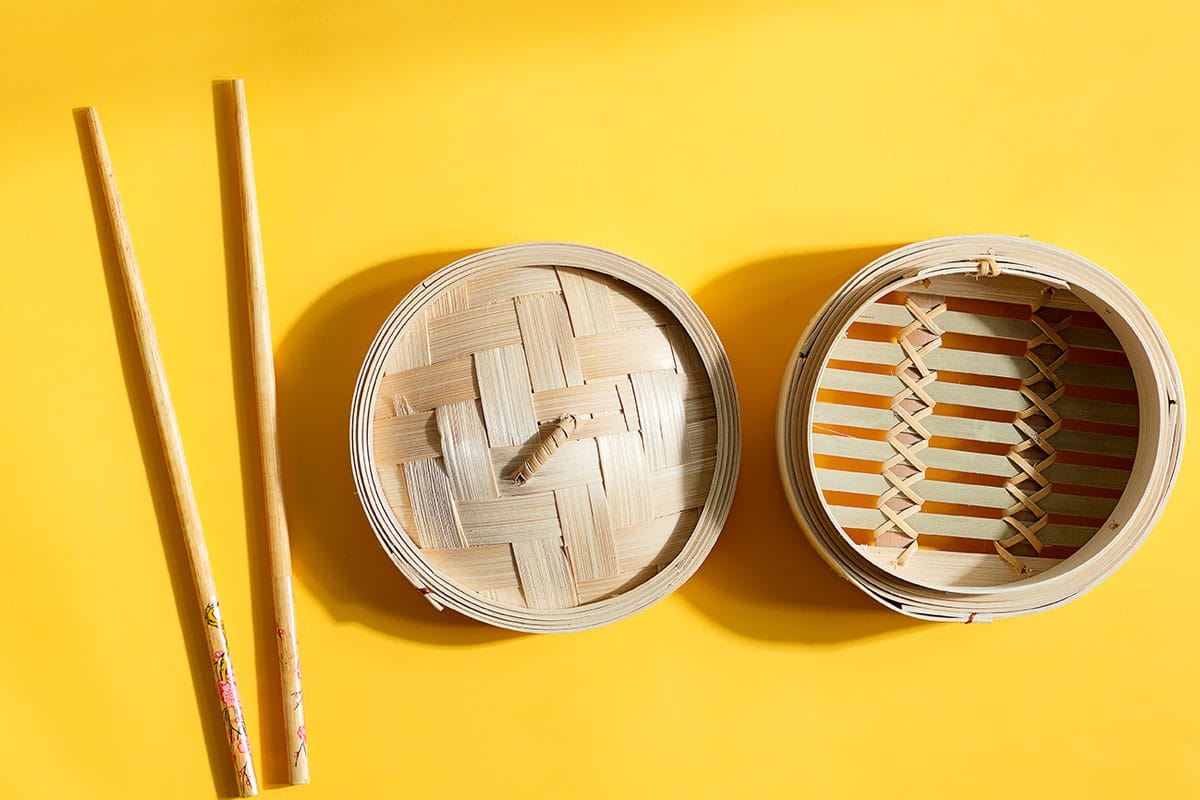
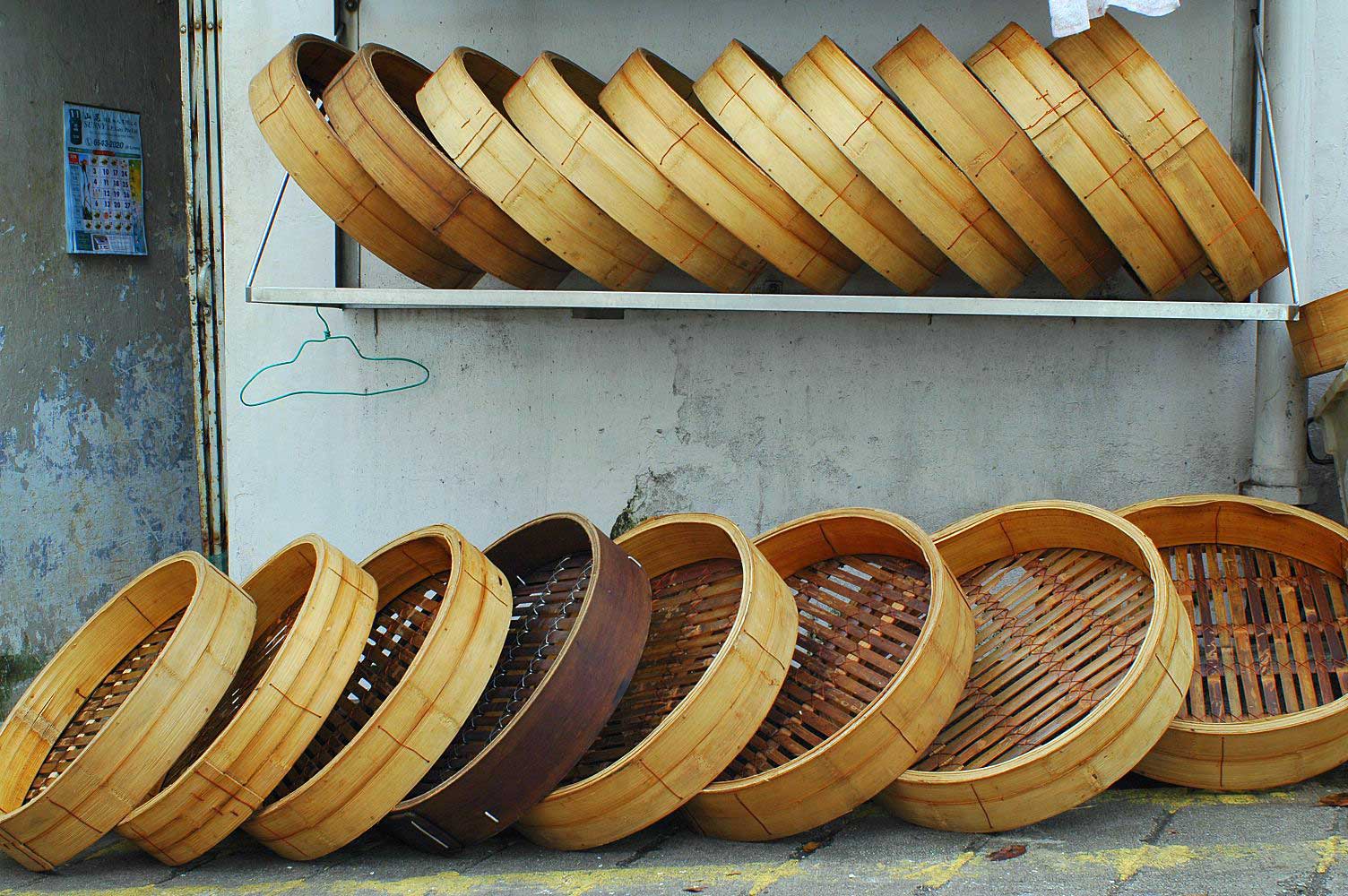
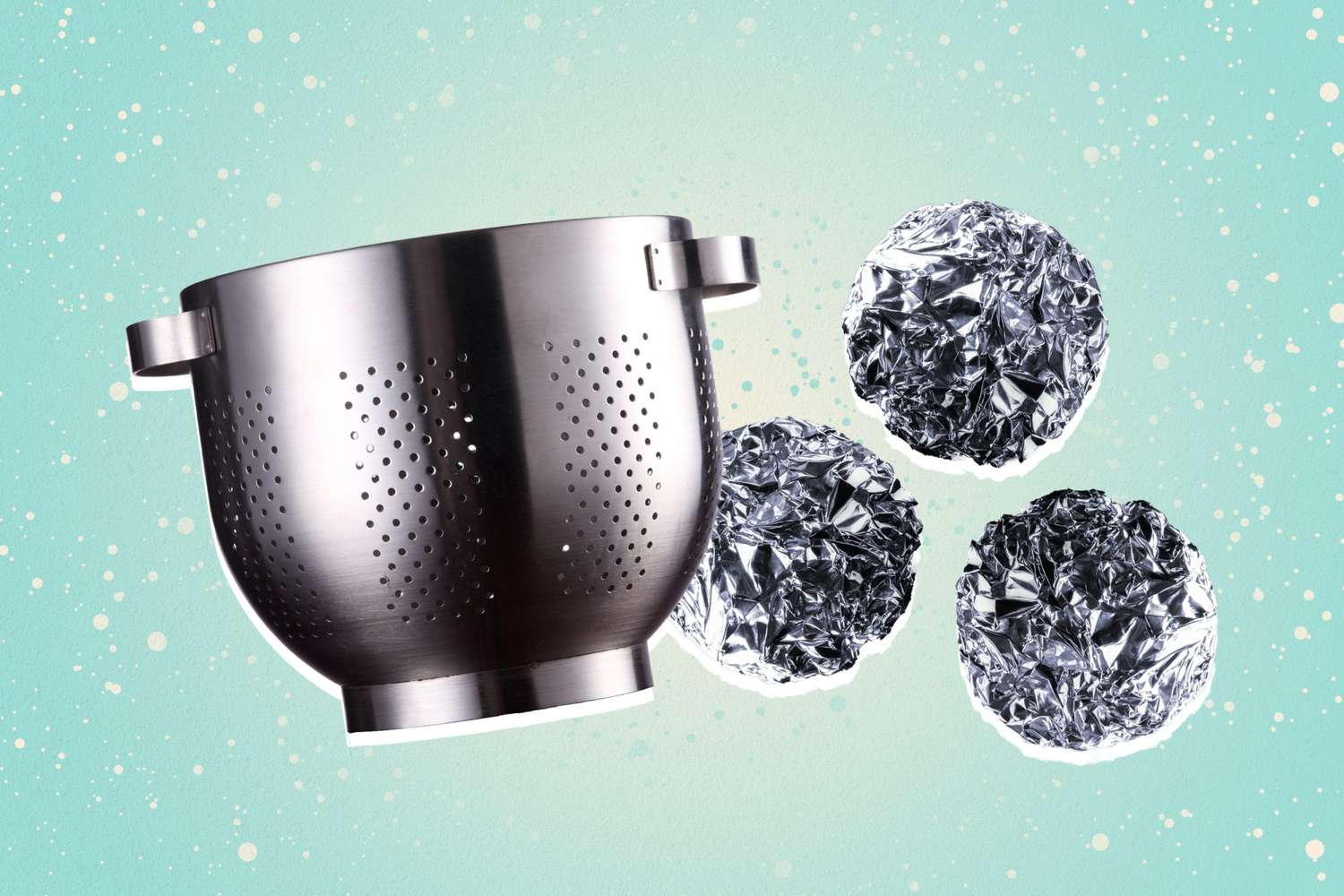
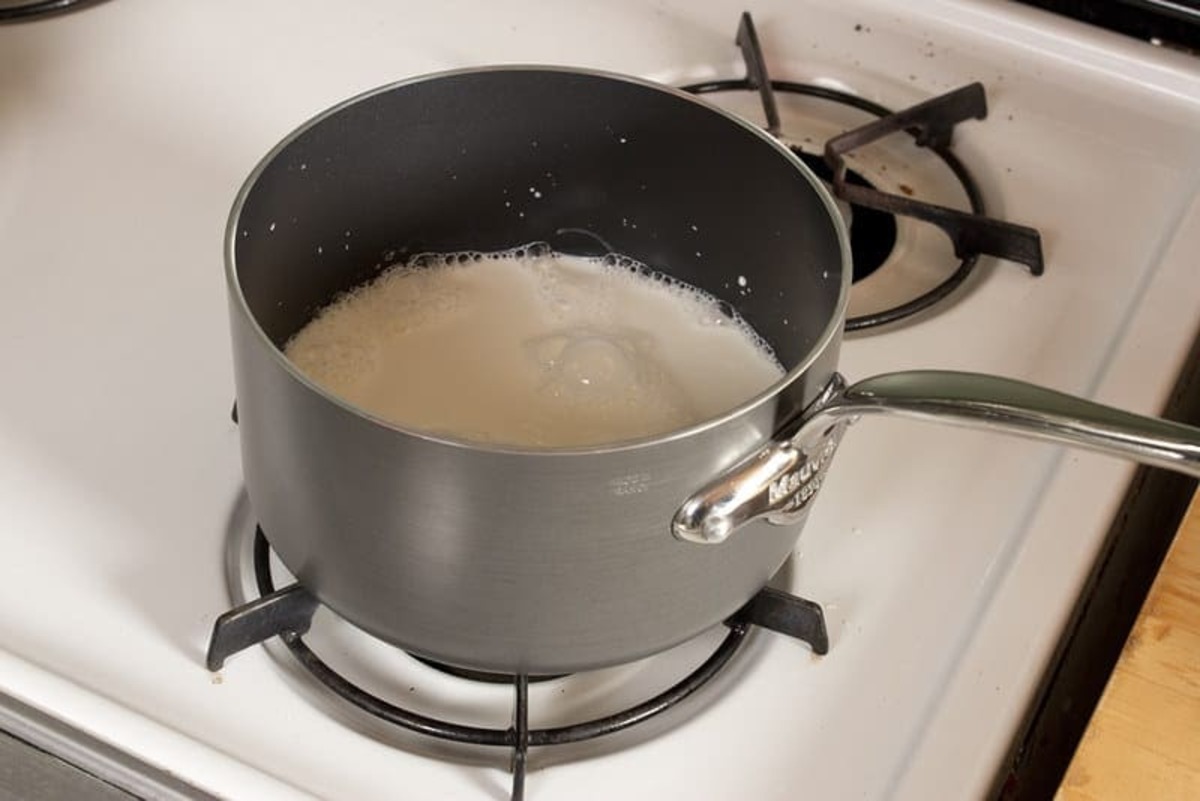
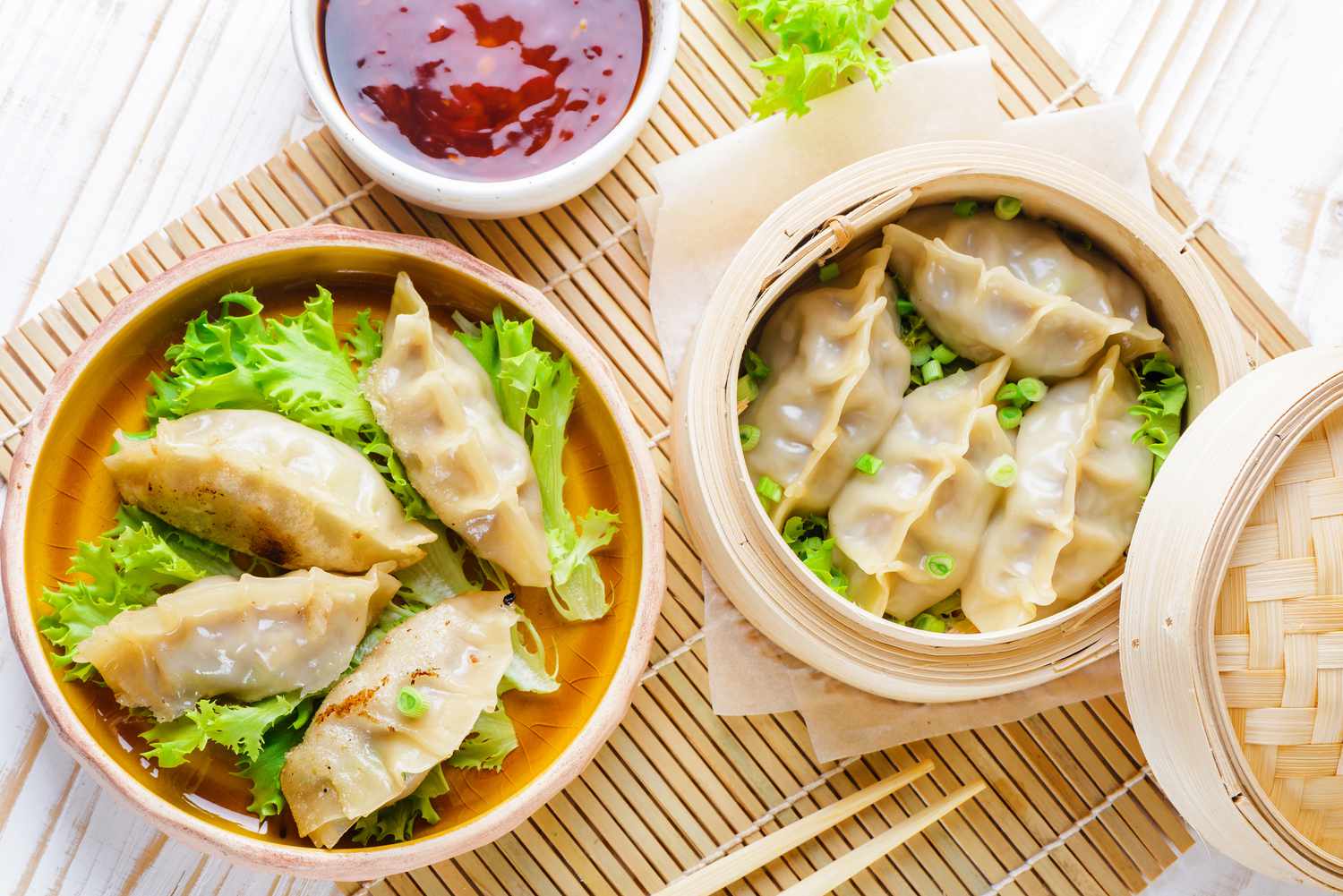

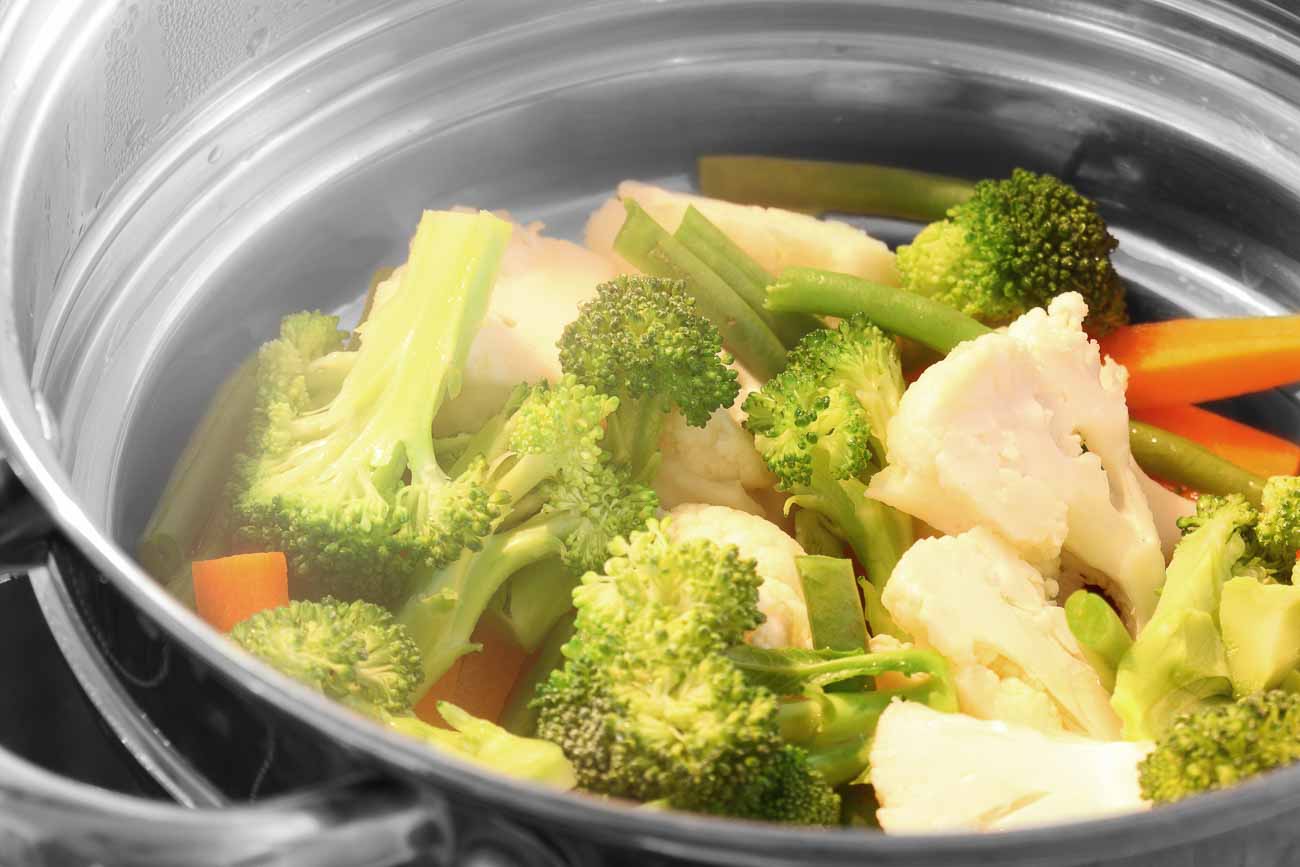

0 thoughts on “How To Steam Buns With Bamboo Steamer”